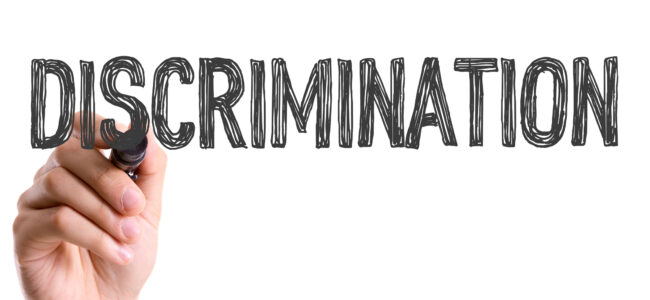BlogLine
President Trump issues Executive Order targeting “disparate impact liability”
5/9/25

By: Shane Miller
President Trump recently issued an Executive Order stating that “disparate impact liability” violates principles of equal treatment and equal opportunity under the law by creating “a near insurmountable presumption of unlawful discrimination” if “there are any differences in outcomes in certain circumstances among different races, sexes, or similar groups…” See President Donald J. Trump, RESTORING EQUALITY OF OPPORTUNITY AND MERITOCRACY, April 23, 2025, available at https://www.whitehouse.gov/presidential-actions/2025/04/restoring-equality-of-opportunity-and-meritocracy/.
A disparate impact lawsuit differs from a disparate treatment case, with the latter being far more common. In a disparate treatment case, the employee alleges that their employer intentionally treated them less favorably due to age, race, or some other protected trait. To prevail, the employee must prove that the employer had a discriminatory intent or motive. Conversely, in a disparate impact lawsuit, the employee alleges that the employer adopted a rule or policy that appears to be fair or neutral on its face but that has the practical effect of disproportionally harming a protected group.
The U.S. Supreme Court first recognized disparate impact as a valid legal theory more than 50 years ago in Griggs v. Duke Power Co., 401 U.S. 424 (1971). In Griggs, the employer instituted a rule that all employees must have a high school diploma or receive a certain score on a general intelligence test to hold certain jobs, even though neither requirement was shown to be significantly related to successful job performance. Several African American employees alleged that this policy was merely an indirect way to relegate them to lesser jobs because they were less likely to hold high school degrees or receive a passing score on the test. The U.S. Supreme Court sided with the employees. The Court ruled that Title VII of the Civil Rights Act of 1964 prohibits not only intentional discrimination but also practices that appear fair or neutral on the surface but are discriminatory in practice, such as the employer’s rule requiring a high school diploma or passing a general intelligence test. Disparate impact has been a viable legal theory since then, and Congress even codified it in the Civil Rights Act of 1991.
President Trump cannot overturn Griggs or an act of Congress through an Executive Order, so disparate impact liability remains a viable legal theory that employers must consider. Nonetheless, the Executive Order does take several important actions affecting disparate impact liability:
- It revokes past presidential actions that approved of disparate impact liability;
- It directs all federal agencies to deprioritize enforcement of statutes and regulations that include disparate impact liability;
- It instructs the Attorney General to repeal or amend certain regulations relating to disparate impact liability; and
- It directs the administration to assess all pending investigations, lawsuits and consent judgments that rely on disparate impact liability and take appropriate action.
Going forward, federal agencies like the EEOC might dismiss pending disparate impact claims and/or decline to pursue new cases. We also expect the EEOC to issue guidance soon that provides more information on the practical effects of President Trump’s Executive Order.
Attorneys at Freeman Mathis & Gary, LLP will continue to monitor this issue for further developments. For more information or for advice regarding disparate impact claims, feel free to contact Shane Miller at shane.miller@fmglaw.com or your local FMG attorney.
Information conveyed herein should not be construed as legal advice or represent any specific or binding policy or procedure of any organization. Information provided is for educational purposes only. These materials are written in a general format and not intended to be advice applicable to any specific circumstance. Legal opinions may vary when based on subtle factual distinctions. All rights reserved. No part of this presentation may be reproduced, published or posted without the written permission of Freeman Mathis & Gary, LLP.
Share
Save Print
